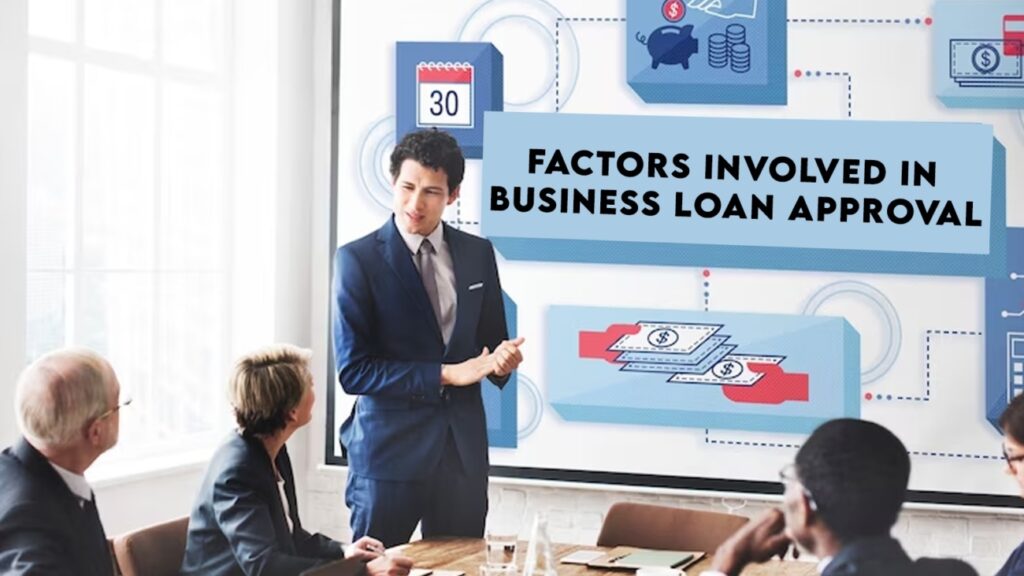Okay, so check this out—I’ve been digging into the whole BWB token swap feature lately, and man, it’s kinda blowing my mind how seamless it feels. Seriously? Token swaps that don’t make you jump through hoops? That’s rare in crypto. My gut says this could shake up how everyday users handle their assets, especially if it’s baked right into your wallet.
Initially, I thought token swaps were just another gimmick slapped onto wallets to keep up with trends. But then I realized how clunky most swap processes actually are outside a few power-user platforms. On one hand, the concept seems straightforward: swap tokens directly within your wallet without needing an exchange. But actually, the devil’s in the details—fees, slippage, network congestion, and UX hurdles.
Here’s the thing. When you add NFT support on top of that, you’re not just expanding utility; you’re creating an ecosystem. Imagine swapping your BWB tokens and instantly using them to buy or stake NFTs—all without leaving your wallet interface. That’s pretty slick.
Something felt off about most wallets offering swaps, though. They either had limited token options or slow transaction times. But the BWB token swap feature integrates multiple chains, which is a huge plus for anyone dabbling in multi-chain assets. (Oh, and by the way, this is where the bitget wallet crypto comes into play; it’s one of the few wallets I’ve seen that nails this multi-chain swap and NFT combo.)
Wow! That’s a mouthful, but it’s important because multi-chain support isn’t just a buzzword anymore—it’s a necessity. People want to move assets freely and quickly without jumping between apps.
Now, NFT support itself is a beast. At first glance, it looks like just another wallet feature, but it’s way deeper. NFTs aren’t just art or collectibles anymore; they’re becoming access keys, proof of membership, and even collateral in DeFi. Having solid NFT integration means your wallet isn’t just a passive vault, but an active hub for digital ownership.
Thing is, many wallets still treat NFTs as an afterthought—just a gallery view where you can admire your digital cats or pixel art. That bugs me because NFTs can be so much more interactive if wallets support bidding, fractional ownership, or cross-chain transfers natively.
So, when I saw the BWB token swap function paired with NFT support in one place, I thought, “Okay, now that’s a combo that could actually make a difference.” Why? Because users want less friction. They want to manage tokens and NFTs without flipping between interfaces or wrestling with confusing steps.
On the flip side, some might argue that cramming too much into one wallet could complicate things. But actually, when done right, it streamlines the whole experience. For example, the bitget wallet crypto manages to keep things intuitive while offering robust swap and NFT features. Their UI isn’t cluttered or overwhelming—which is a rare feat.
Hmm… I’m curious, though—how do they handle gas fees across different chains? Because that’s usually the deal-breaker. If the swap looks smooth but leaves you with insane fees, that’s no good. From what I’ve seen, they integrate smart routing protocols to minimize costs and optimize swap paths. That’s pretty savvy.

Why Multi-Chain Token Swaps Matter
Let me break it down: Multi-chain swaps mean you’re not stuck in one ecosystem. You can swap your BWB tokens from Ethereum to Binance Smart Chain or Polygon without the usual hassle of bridging tokens manually, which is often slow and risky. This interoperability is huge for DeFi users who want flexibility.
Actually, wait—let me rephrase that. It’s not just about convenience; it’s about unlocking value. If your wallet supports multi-chain swaps, you can chase better yields or participate in new NFT drops across chains effortlessly. That’s a strategic advantage.
However, it’s not all sunshine. Cross-chain swaps can introduce complexities like potential smart contract vulnerabilities or delays due to network congestion. But wallets like the bitget wallet crypto seem to address these by partnering with vetted liquidity providers and using secure swap protocols.
Really? That’s a relief because I’ve seen way too many wallet hacks tied to sketchy swap integrations. Security can’t be an afterthought here. Users need peace of mind that their tokens won’t just vanish mid-swap.
One more thing: user experience still varies a lot between wallets. Some require you to confirm multiple transactions, wait for approvals, and jump between screens. Others handle it all in one smooth flow. The difference is night and day.
NFT Support: More Than Just a Gallery
Honestly, I’m biased here because I’ve been dabbling in NFTs since 2017. But here’s what bugs me about many wallets—they show you your NFTs like photo albums and call it a day. What about managing your NFTs as assets? Lending them? Using them as collateral? Trading fractional shares?
The BWB token’s ecosystem seems to be pushing wallets to expand NFT capabilities beyond display. I’m talking about direct marketplace integrations, instant swaps between NFTs and tokens, and even social features like sharing or staking NFTs for rewards.
Wow! Social trading with NFTs inside the same wallet? That’s next level. Imagine swapping your tokens, buying an NFT, and then sharing your portfolio strategy with friends—all without leaving the app. That’s a real community builder.
Of course, there are hurdles. NFT metadata standards aren’t always consistent, and cross-chain NFT transfers are still in their infancy. So even though the tech is promising, it’s not perfect yet. But wallets that keep innovating here will stand out.
For anyone exploring this space, I recommend giving a look at the bitget wallet crypto. Their approach to blending token swaps with NFT support, especially across chains, is pretty cutting-edge.
FAQ: Quick Answers About BWB Token Swaps and NFT Support
What exactly is a BWB token swap?
It’s a feature that lets you exchange BWB tokens for other cryptocurrencies directly within your wallet without needing an external exchange, often optimized across multiple blockchain networks.
How does NFT support enhance my crypto wallet?
NFT support allows you to view, manage, trade, and potentially stake or use NFTs as collateral, turning your wallet into a more interactive and versatile digital asset hub.
Why is multi-chain functionality important?
Because it lets you move and swap assets across different blockchains seamlessly, giving you more flexibility and access to diverse DeFi and NFT opportunities.
So yeah, coming full circle, I’m pretty excited about where this is headed. The combination of BWB token swaps and NFT support, especially when integrated in a user-friendly, multi-chain wallet, could really simplify how we interact with crypto assets daily. It feels like the industry’s inching closer to wallets that are not just storage tools but vibrant, multifunctional platforms.
Still, I’m not 100% sure how fast mainstream adoption will be. There are plenty of moving parts—user education, network scalability, regulatory hurdles. But one thing’s clear: wallets that get this right will be the ones people actually want to use, beyond just the hardcore crypto crowd.
And for those curious, the bitget wallet crypto is definitely worth a peek. It’s one of those rare cases where innovation meets usability, and that’s no small feat.


